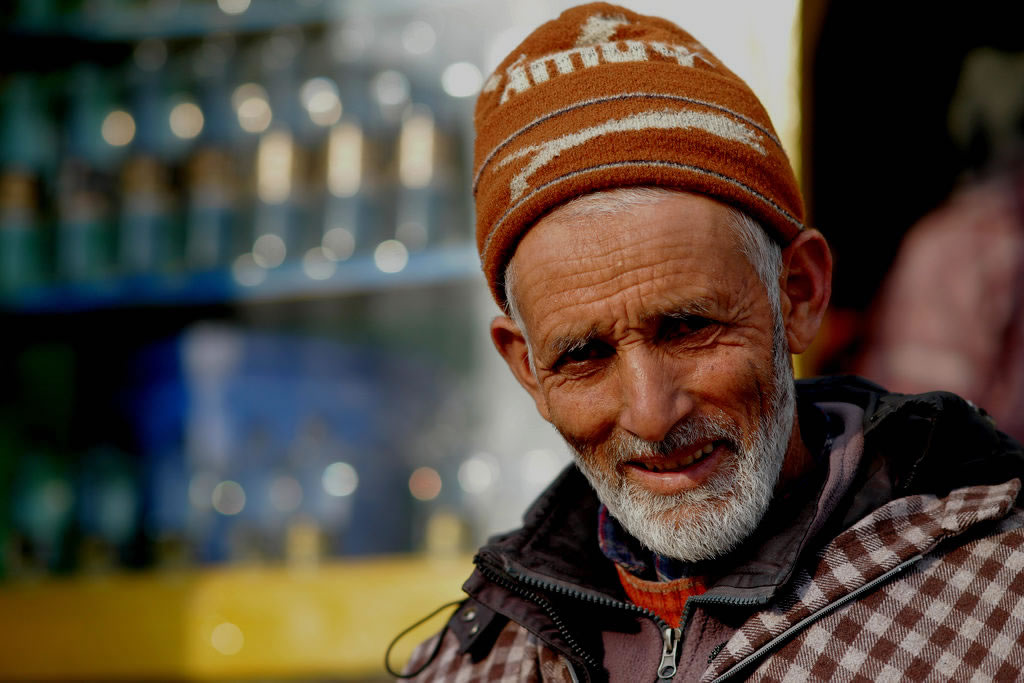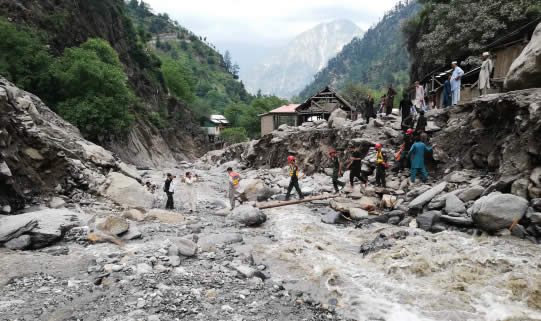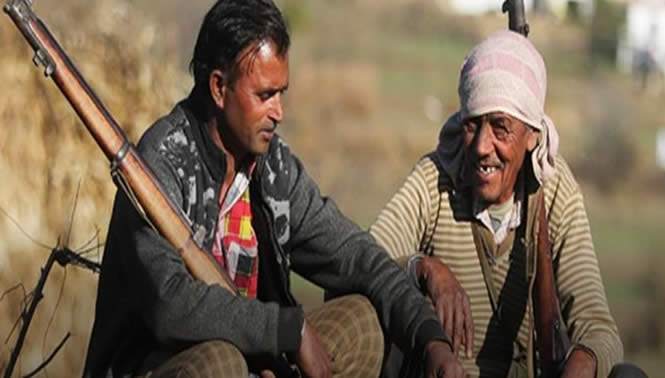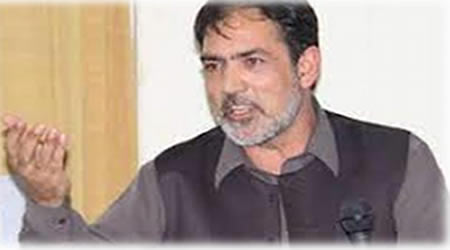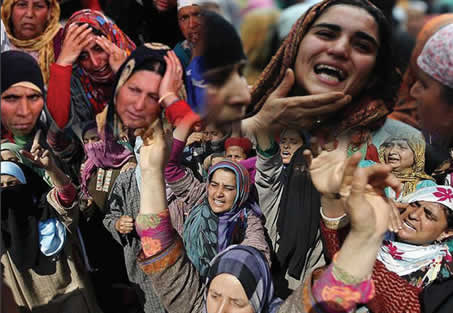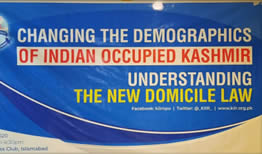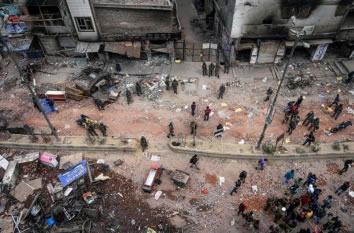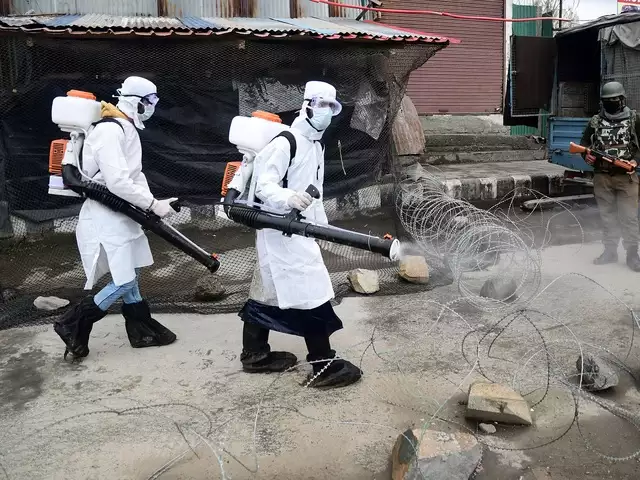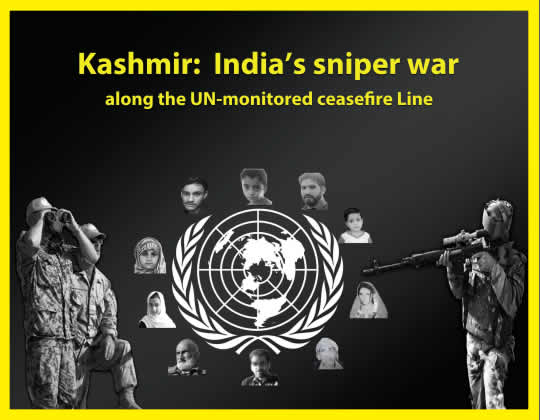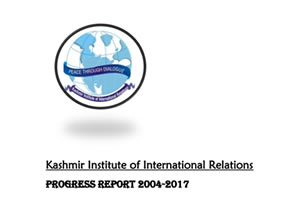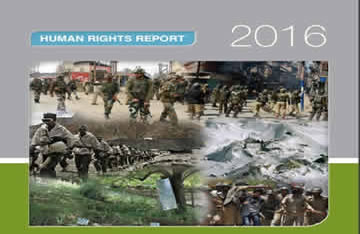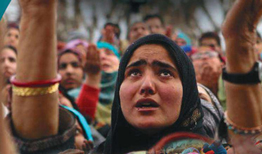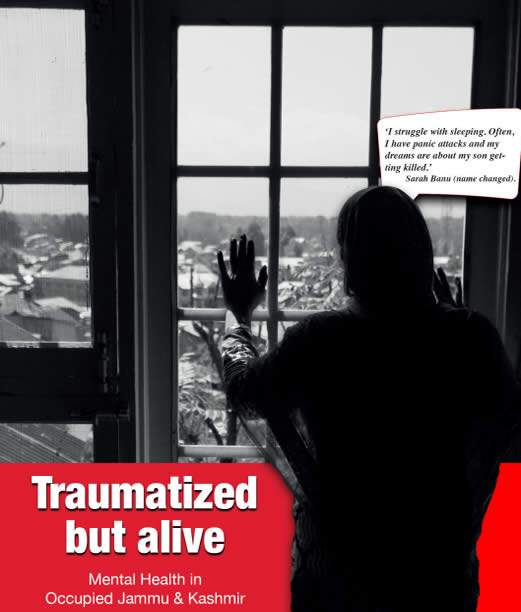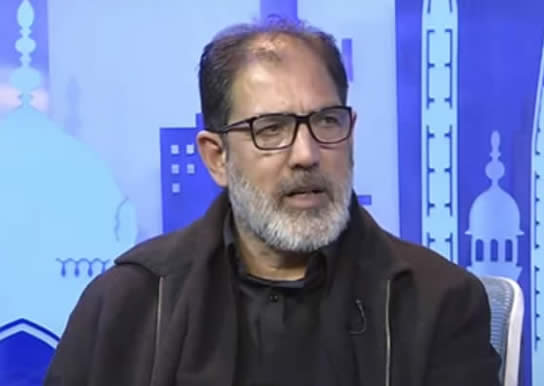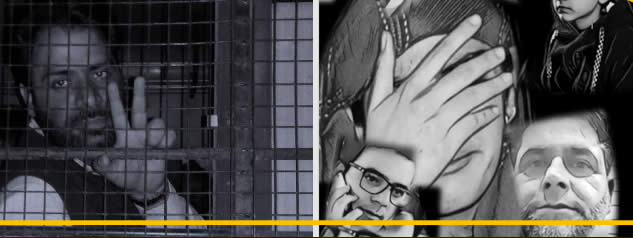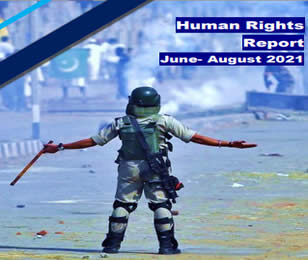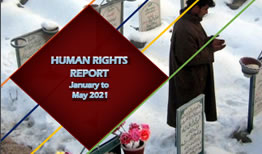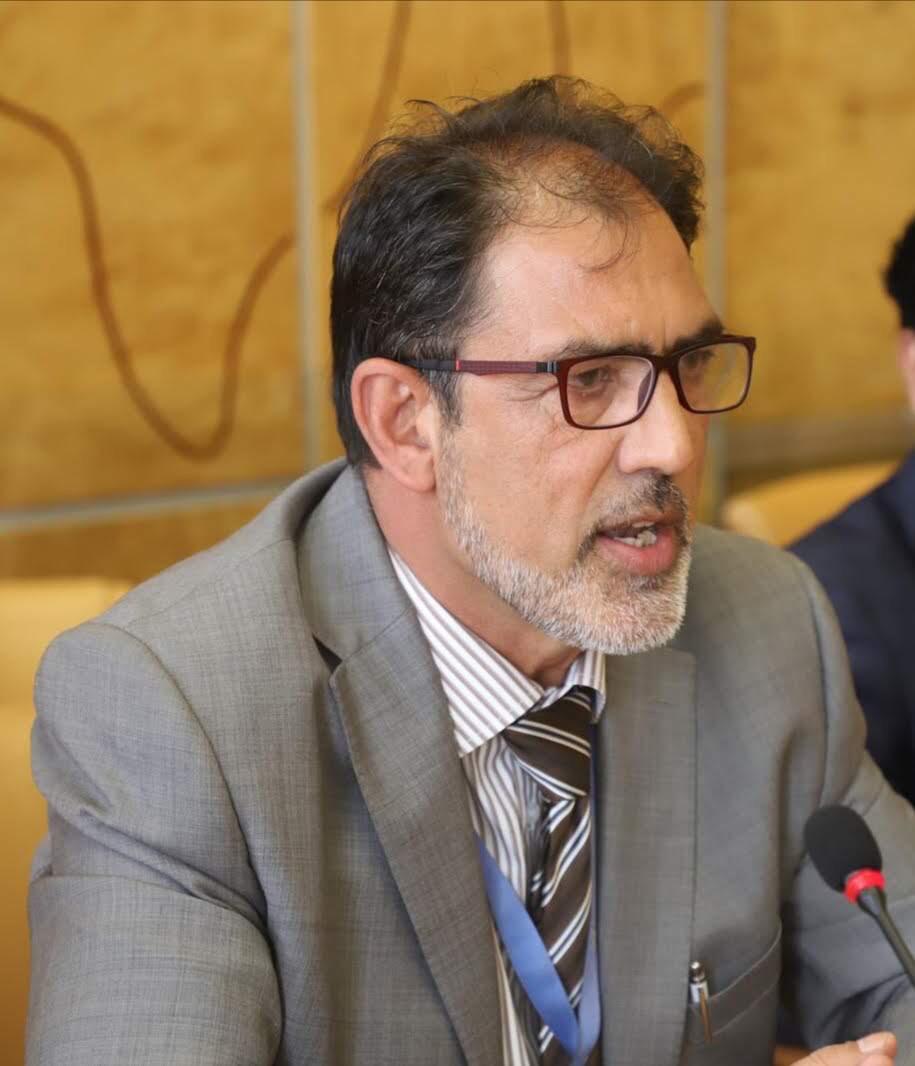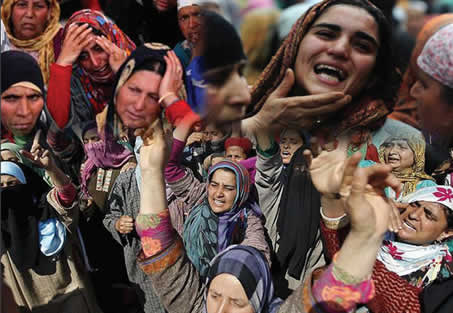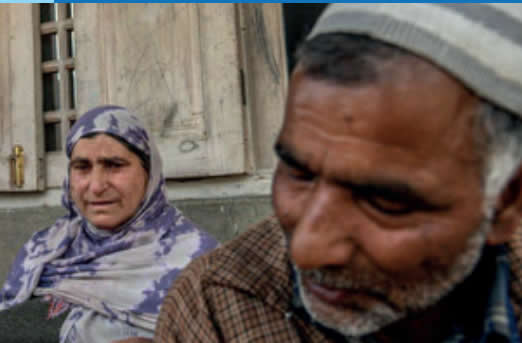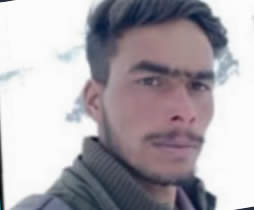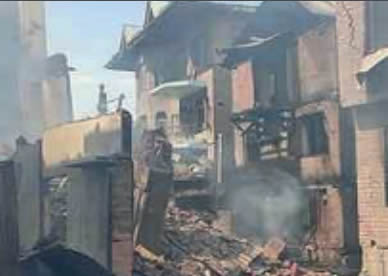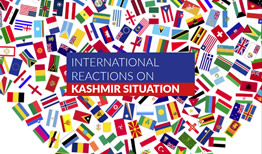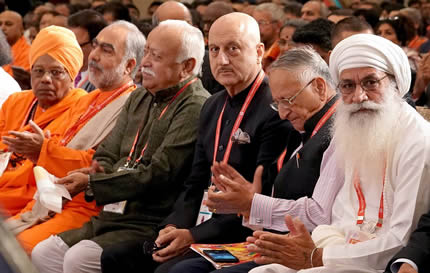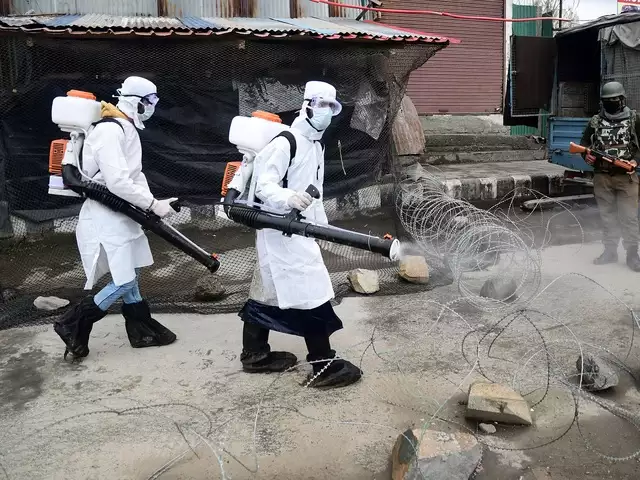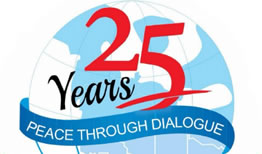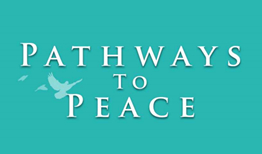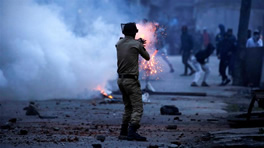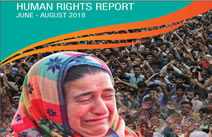Kashmir Stories
Kashmir Stories
The plea is simple: Don’t take our mothers away. Let us stay. Imagine being a child in Indian occupied Jammu & Kashmir, holding tightly to your mother’s hand, terrified that she might be taken away forever. This is not a distant nightmare. It is the harsh reality for dozens of families in Bandipora, Kashmir. Twenty-one women of Pakistani origin face deportation after living here for over a decade. They came under the 2010 rehabilitation policy. They married men who surrendered arms and chose peace. The government had promised them safety and a fresh start. But now, that promise is broken.
Zahida Begum is one of those mothers, who came to Kashmir 15 years ago. She raised her children in a home she built with love and care. Now, she faces deportation. The thought of being torn from her children and the only home they know fills her with unbearable pain. “This place is our life. Taking me away will destroy everything,” she says. Aliza Rafiq has lived in Kashmir for 12 years. She came legally and followed every rule. She is mother of a 10-year-old daughter, who depends on her completely. When she received the deportation notice, she broke down. “I would rather die than live without my children,” she said. Her daughter’s cries are haunting: “Who will care for Mama if she is sent away? I’m still small. I can’t live without her.” The 2010 rehabilitation policy was a hopeful gesture. It was meant to reunite families and build peace. But now, after a terror attack in Pahalgam, the government has reversed course. They say these women are illegal immigrants. Deportation notices were sent suddenly. Without any chance to appeal or mercy.
Mohammad Shafi, husband of one of the affected women, is heartbroken. “We have all the legal documents, Aadhaar cards, domicile certificates, voter IDs. How can my wife be called illegal?” he asks. His eight-year-old daughter fears losing her mother. “If they take Mama away, I will lose everything,” she whispers. Mufzala, another mother, gave birth to a baby just 40 days ago. She has applied for Indian citizenship for years. Each year her family is verified by authorities. Yet, her citizenship request was rejected without explanation. “Where will I go with a newborn?” she asks. “What will happen to my children?” This crisis is not just about laws or policies. It is about human lives and broken promises. Advocate Tajamul explains the legal reality, “The government has the right to deport under the Foreigners Act and Passport Act. But these women returned under a government policy.
They were never given citizenship or real rehabilitation. Punishing them is unfair.” The timing is cruel. The women and their families were assured of safety when they returned. They trusted the government. That trust has been shattered. Deportation will separate mothers from children. It will destroy families who have lived peacefully for years. This is a humanitarian crisis. A local social worker says, “The government’s action is more than policy failure. It is breaking hearts and homes.” Children plead for their mothers to stay. Mothers beg for mercy and a chance to live with their families.
Since the deportation order, nearly 800 Pakistani nationals have returned home. Around 1,400 Indians have returned from Pakistan amid tighter visa rules. But the women in Bandipora believed they had a right to stay. Their lives were built there. Their children were born there. They deserve to remain. The government now faces a choice. It can continue with strict deportations that punish innocent families, it can honor its promise, show compassion and protect vulnerable mothers and children. These women are not threats. They are survivors seeking stability and love.
On the morning of May 4, 2025, the village of Tangmarg in south Kashmir’s Kulgam district woke to silence, one not of peace, but of grief. The body of 23-year-old Imtiaz Ahmad Magray, a daily wage labourer, was pulled lifeless from the waters of the Veshaw river. His death is now just another statistic for the authorities. But to his family, neighbours and those who knew him, Imtiaz was not a suspect, he was a son, a brother and an innocent caught in the deadly machinery of suspicion and state force. A day earlier, Imtiaz had been picked up for interrogation. Police alleged he had fed and sheltered armed men in the forests near his home. Friends say he was terrified. He wasn’t a militant, they insist, he was a poor man with nothing but a worn-out shovel and tired hands. The kind of person who went out each day hoping for enough work to bring home rice for dinner.
According to official sources, Imtiaz "agreed" to guide the army and police to a supposed hideout in the woods. But something happened that morning. A video, circulated widely, shown Imtiaz pausing near the trees, looking around anxiously, before bolting toward the Veshaw river. Moments later, he hurls himself into the icy current. No one followed. No one tried to stop him. No voice is heard calling him back.He can be seen thrashing, struggling to stay afloat. But the river, cold, merciless, sweeps him away. Hours later, his body was found by local residents.
There was no rescue, no security personnel nearby when he jumped. Why was he alone? What led him to such panic? Was he running for his life, not from the law, but from what he feared might happen next? His family believes he was under immense pressure. “He was innocent,” said his father, Nazir Ahmad. “He was afraid. They threatened him. My son had nothing to do with what they claimed.” In Indian occupied Jammu & Kashmir, such tragedies are not rare. They are buried under official statements, vague terms, alleged, suspected and claimed. But for those who are left behind, there is only sorrow and questions that no one will answer.
Imtiaz did not have a gun. He had no charges against him. He had dreams, though small, that were his own. In a land where the line between innocence and guilt blurs at the whim of authority, Imtiaz was swept away, first by fear, then by water. His death is a wound on the conscience of a place that has seen too many. And like most such wounds, it will be denied, forgotten, rewritten. But in Tangmarg, a mother still waits for her son to walk through the door. A father still wonders if telling the truth to the police was their biggest mistake. And a river flows on...........carrying with it a life that should never have been lost.
India’s disinformation campaign backfired as dramatic footage, aired by major channels, was exposed as recycled clips from past conflicts and even video games.
On May 7, the news headlines were explosive: “Karachi Port Destroyed by Indian Navy!” Indian television channels aired fiery visuals, smoke, flames, falling missiles. Anchors spoke with pride, analysts speculated on next moves. Social media lit up with hashtags like #SindoorStrike and #KarachiFallen. Within minutes, millions of users were sharing videos, memes and patriotic slogans. But the celebration was built on fiction. The videos aired by India Today and Aaj Tak showed dramatic night strikes. Social media platforms joined the frenzy, as propaganda overwhelmed timelines with doctored clips and recycled war footage to create a false image of victory. One clip showed missiles lighting up the sky. Another claimed to show chaos in Pakistani streets, bloodied civilians, destroyed buildings and screaming children. The footages were shocking as well as fake.
Fact-checkers quickly exposed the truth. The missile video was from Iranian strikes on Israel, aired months earlier. The scenes of civilian panic were from Gaza, not Karachi. Even images of downed jets used to show supposed Pakistani retaliation were traced back to unrelated crashes in India, one in Gujarat, another in Rajasthan. The most absurd moment came when Indian media claimed Pakistan’s army chief had been captured in a coup. That, too, turned out to be baseless. No coup, no capture, only imagination broadcast as news. Then came the real-time debunking. Citizens in Karachi went live from the port. Videos showed intact buildings, calm skies, ships unloading cargo. The Karachi Port Authority’s official X account briefly echoed the attack claim, then deleted the post, explaining it had been hacked. There had been no strike.
International media outlets began to report the falsehood. Middle East Eye, Al Jazeera and Reuters ran detailed analyses, exposing how Indian media had broadcast old and manipulated footage. Even Indian platforms like Outlook and The Wire stepped in to clarify the record. The mood shifted from triumph to embarrassment. Indians called out their own media, “We fed ourselves Bollywood war scenes and called it news
.” Another posted, “In trying to win the narrative, we’ve lost our dignity.” Under public pressure, India Today issued a formal apology, admitting the footage was unverified. Aaj Tak blamed a technical lapse. But the damage was done. Diplomats abroad raised eyebrows. Trust in Indian journalism took a hit. India tried to fight a war on screens. But the only realstrike was against its own credibility. And this time, the world was watching
Books are considered sacred vessels of knowledge and if they are religious, they carry even deeper meaning for those who read and revere them. Yet in Kashmir, dozens of such books are now being confiscated from shelves under the weight of state suspicion. In Feb 2025, police in Indian occupied Kashmir raided bookstores across Srinagar and beyond, seizing more than 650 titles. Most of the books were authored by Abul A’la Maududi, a renowned Islamic scholar whose writings have shaped generations of thinkers across the Muslim world. Published by a legally registered Delhi-based press, these texts have circulated in South Asia for decades. But today, they are being forcibly removed, as if erasing the intellectual legacy of Muslim scholarship itself.
Authorities have not cited specific content that violates the law. Instead, the seizures appear aimed at eliminating access to religious and ideological thought deemed inconvenient to the state’s narrative. The message is unmistakable: even non-violent, theological discourse is now suspect. Jamaat-e-Islami, the organization Maududi founded, has long operated within the social, educational and religious fabric of Kashmir. Although banned in 2019 under India’s anti-terror laws, the group insists it has always rejected violence and that the books in question are entirely legal. “These are scholarly works, not manifestos,” said a spokesperson. “Their seizure is unjust, unconstitutional and a clear violation of the right to religious and intellectual freedom.”
The move has left bookstore owners rattled and readers alarmed. Many see this as a deliberate attempt to censor Islamic thought and criminalize the region’s cultural and intellectual heritage. What is being targeted is not incitement, but ideas, that challenge, critique and
educate. Since the revocation of Kashmir’s limited autonomy in 2019, civil liberties have steadily eroded. This latest raid, targeting books instead of bullets, marks a new chapter in that repression. It signals that even peaceful expression, when rooted in a religious or critical
tradition, can be silenced. As Kashmir’s libraries get emptier, so does the space for honest inquiry. The removal of those books is not about law and order. It is about control over thought, identity and memory.
A chilling testimony from a Kashmiri youth serving in the Indian Army has sent shockwaves across the region pulling back the curtain on a brutal deception that cost innocent lives. In a viral video that circulated widely, Arif Mushtaq, a trooper with the Indian Army’s 29 Rashtriya Rifles, alleged that the recent Pahalgam incident, where 28 civilians were killed, was not the result of a clash with “terrorists,” but a staged operation orchestrated by India’s security establishment. “I can no longer remain silent,” Arif says solemnly. “The Indian government, its Intelligence Bureau, RAW and the army were behind the Pahalgam killings. These were not casualties of war—they were victims of a cruel charade.” His testimony is striking not just for its content, but for its source. Having served eight years in uniform, three of them stationed in Kashmir, Arif says he witnessed firsthand how the Indian Army abducts local youth, labelled them as insurgents and then eliminated them in staged encounters.
“These are not isolated incidents. This is routine,” he says visibly anguished. In the video, Arif dares his commanding officer, Colonel Sumitabh Banerjee, to publicly swear on the Gita that the claims are false. “If he does, I will place my hand on the Quran and do the same,” he declares, offering to stake his own integrity on a sacred truth. He then urges his younger brother to quit the army and pleads with his parents to understand that sending him into the force was a grave error. This isn’t merely a personal confession, it is a powerful indictment of a system that manipulates tragedy for political ends. The Pahalgam incident is only the latest in a string of staged narratives used to delegitimise the Kashmiri freedom movement and vilify its people. But when the truth emerges from within the very ranks meant to enforce the lie, the credibility of the state crumbles. Arif Mushtaq’s words echo a deeper cry: one of conscience, betrayal and resistance. In revealing this truth, he has broken the silence that generations were forced to bear and reminded the world that even under occupation, the courage to speak out still survives.
India’s occupation turns Kashmir’s classrooms into battlegrounds, where ignorance is enforced and heritage erased.
In a land already scarred by occupation and conflict, the most insidious battle may be the one fought in its classrooms. According to the Indian Annual Status of Education Report (ASER) 2024, 52% of eighth-grade students in Indian-occupied Jammu and Kashmir (IOJK) cannot read a second-grade level text. Only 28% can perform basic division. These figures are not merely indicators of academic failure, they are the reflection of a system designed to deny Kashmiri youth their future. Education is a right, not a privilege. Yet in IOJK, it has become a casualty of a broader project of political domination. Kashmir’s schools operate under siege, literally and ideologically. Regular military crackdowns, curfews and internet shutdowns disrupt academic calendars year after year. Students preparing for exams often find themselves unable to access classrooms or online resources.
In many government-run schools, even basic facilities like electricity, heating and toilets are absent. The environment is not one of learning but of survival. This degradation, however, is not accidental. Analysts argue that the Indian state’s neglect and at times, direct interference, is part of a strategic effort to disempower Kashmiri youth. By ensuring that they remain undereducated and underqualified, the system blocks their access to employment, higher education and platforms of expression. A disempowered population is easier to subjugate. This is not just negligence, it is structural disenfranchisement.
More alarming is the ideological weaponization of education. The imposition of a curriculum rooted in Hindutva ideology, including the introduction of Vedic texts in public education, has sparked outrage. In a region where the majority is Muslim, such curricular decisions are seen not as academic enhancements but as deliberate tools of cultural erasure. Rather than fostering critical thinking and inclusion, the curriculum aims to rewrite Kashmiri identity, replacing it with a homogenized nationalist narrative.
What is unfolding in Kashmir’s classrooms is not a mere administrative failure, it is a silent war on the next generation. The erosion of education in IIOJK is the erosion of resistance, dignity and self-determination. If the world is to uphold the right to education as a pillar of human rights, it must recognize the educational repression in Kashmir for what it truly is: a systematic strategy to erase a people by dismantling their future from the roots.
The April 22, 2025, massacre in Pahalgam, which left 28 dead, was not merely a “terrorist attack” as claimed by Indian authorities, it bears the hallmarks of a calculated false flag operation. In a conflict-ridden territory like Indian-occupied Jammu and Kashmir, where state narratives routinely mask state violence, the speed, scripting and contradictions of the Pahalgam incident demand critical scrutiny. This was not a failure of intelligence, it was the exploitation of intelligence to serve a political script. The facts speak louder than the official narrative. The attack occurred in a high-security zone just six kilometers from the local police station and under heavy military surveillance. Yet four armed assailants allegedly entered, verified identities, made religious demands and executed a massacre in under 20 minutes.
Most strikingly, an FIR was filed at 14:30 pm, barely 10 minutes after the shooting ended, already attributing the attack to “foreign-backed terrorists.” This is not procedural efficiency; it is evidence of a premeditated script. How could such specificity be established within minutes unless the narrative was prepared in advance? Furthermore, India claims that over a thousand people were present at the scene. It defies logic that four unidentified attackers could execute such an assault in broad daylight, in full view of hundreds, without a single security checkpoint intervening. Pahalgam is one of the most militarized zones in Kashmir, dotted with security installations, surveillance cameras and no-entry points for private vehicles. How, then, did theassailants manage to infiltrate, execute the attack and disappear without leaving a trace any security feed? The contradictions grow deeper.
Indian officials vacillated between describing the assault as “targeted killing” and “indiscriminate firing,” while eyewitnesses presented inconsistent accounts. Such confusion is characteristic not of spontaneous events but of hastily stitched cover-ups. Moreover, Indian media launched an anti-Pakistan campaign immediately, before any forensic inquiry, suggesting that the narrative was not driven by facts but by electoral and geopolitical interests. Pakistan’s Senate rightly condemned the attack and rejected India’s accusations as baseless and politically motivated.
The resolution called out India’s history of using false flag operations to malign Pakistan, distract from domestic crisis and intensify repression in Kashmir. The Pahalgam incident is not just a tragedy, it is a political tool. It follows the pattern of Pulwama 2019 and other staged provocations that serve Hindutva nationalism while silencing Kashmiri resistance. Until such tactics are exposed and challenged, justice in Kashmir will remain a casualty.
In times of deceit,” George Orwell warned, “telling the truth is a revolutionary act.” In Indian-occupied Jammu and Kashmir, Irfan Mehraj’s arrest proves just that. A journalist committed to documenting state violence and the live realities of silenced people, Mehraj now languishes in jail under India’s draconian Unlawful Activities (Prevention) Act (UAPA). His ordeal is not an isolated case but a chilling reflection of how the Indian state equates journalism with sedition and punishes those who dare to speak inconvenient truths For over two years, Mehraj has languished in prison without a formal conviction. His arrest did not follow due legal process. As documented by The Wire, authorities failed to even inform him in writing of the reasons for his detention, an explicit violation of Article 22(1) of India’s own constitution. This disregard for constitutional protections illustrates how law in IIOJK functions not as an instrument of justice but as a tool of coercion and punishment.
The UAPA, under which Mehraj has been charged, is notorious for inverting the basic tenets of jurisprudence. It permits prolonged incarceration without trial, denies bail under vague suspicions and uses anonymous witnesses whose identities and testimonies cannot be challenged. This legal regime turns mere accusation into guilt. It is not designed to ensure convictions through fair process; it is meant to exhaust, silence and break those who dare to speak against state oppression. Mehraj’s case reveals how the Indian state conflates human rights work with terrorism. The prosecution claims he supported “secessionist activities,” yet fails to provide concrete evidence. Instead, they have produced WhatsApp chats among journalists and innocuous photographs stripped of context. These are not signs of criminality but tools of professional work, weaponized in court to fabricate guilt.
Worse still, the prosecution has named 177 witnesses, ensuring the trial remains indefinitely stalled. This legal overkill is not about justice, it is about retribution through delay. The goal is to ensure that Mehraj remains behind bars, trapped in an endless legal limbo. His real offense was speaking truth to power, documenting disappearances, extrajudicial killings and other human rights violations that the Indian state is desperate to suppress. This is part of a larger pattern. The UAPA is being deployed to construct a “terrorist” archetype not based on action, but on ideology. Journalists, students and civil society actors are being branded as enemies of the state for the ideas they represent. Mehraj, by exposing India’s brutal occupation, threatened the myth of democracy that Delhi seeks to export. His detention serves as a warning: facts can become felonies when they threaten the state’s manufactured narrative.
The international community must not stay silent. Irfan Mehraj is not a terrorist. He is a journalist who believed in the power of words. His persecution is a grave assault on press freedom and democratic accountability. If India’s claims to democracy are to hold any moral weight, it must end the weaponisation of law and release Mehraj immediately. His continued incarceration is not just a personal injustice, it is a crime against the truth.
In a dim cell in Kot Bhalwal Jail, 63-year-old Muhammad Ayub Mir is fighting for his life. He has stage three stomach cancer. Yet, he was denied proper medical care until his condition became critical. He now needs urgent blood transfusions, but support is scarce. For 22 years, Mir has been behind bars. His only “crime”? Supporting the UN-recognized right of Kashmiris to self-determination. This is not just one man’s tragedy. It is a window into the brutal treatment of Kashmiri political prisoners across Indian-occupied Jammu and Kashmir. Over 5,000 Kashmiris remain imprisoned, many without fair trials, many on trumped-up charges. Families can’t visit. Lawyers are obstructed. Even basic healthcare is denied.
Kot Bhalwal Jail, where Mir is held, is overcrowded and crumbling. It holds nearly a thousand inmates, far beyond capacity. Most are Kashmiri Muslims. Medical care is almost nonexistent. An official report found critical equipment missing and medical staff grossly inadequate. Yet prisoners, some elderly, some seriously ill, are left to suffer in silence. Inside, the reality is cruel. Inmates are stripped, humiliated and locked in solitary cells. Days turn into months. Months into years. Mental health breaks down. Dignity is destroyed. These are not just prisoners, they are symbols. They represent people’s resistance to occupation. That is why they are being,broken.
Dr. Polly Thappa, the jail’s medical officer, has been named repeatedly for her callous behavior. She has ignored medical emergencies. Her bias against Kashmiri detainees is well-known. This is not negligence. It is a calculated act of state cruelty. The goal is not just punishment, it is submission. Transferring prisoners far from home is another deliberate tactic. It severs family ties. It disrupts legal access. It isolates and demoralizes. Human rights organizations have condemned this, but the Indian state remains defiant. The message is clear: resistance will be crushed, even in the prison hospitals.
Ayub Mir’s story is a warning. This is not justice. This is vengeance. He did not ask for violence. He asked for a voice, for which, he was silenced. For decades. Now, cancer is doing what the prison could not. The world cannot look away. These prisoners are not forgotten footnotes. They are living proofs of the price Kashmiris pay for demanding freedom. India must be held to account. The United Nations must act. The jail walls may be high, but the truth must break through.
Ayub Mir is not alone. And he must not die unheard.
In the aftermath of the April 22, 2025, Pahalgam attack that claimed 26 lives, Indian authorities have escalated their crackdown in Indian Occupied Jammu and Kashmir (IOJK). The demolition of civilian homes has become a central tactic in this campaign, drawing comparisons to Israeli methods of collective punishment. Since the attack, Indian forces have razed the homes of at least 12 individuals in districts including Bandipora, Kupwara, Shopian and Pulwama. These demolitions were carried out using explosives, causing extensive damage to neighboring properties and leaving numerous families displaced. For instance, in Tral, Pulwama, the ancestral home of Amir Nazir Wani was destroyed, while in Bandipora, the residence of Jameel Ahmad Shergojri was demolished. Similarly, homes in Shopian and Kupwara districts have been obliterated, with residents reporting the use of high-intensity explosives .
The rationale provided by Indian authorities for these actions is the alleged involvement of the residents in militant activities. However, many of those affected have denied any such connections. Rifat Sheikh, whose family home was demolished, stated that she had not seen her brother, Asif, since he left in 2022 and questioned why her family was being punished for his alleged actions . This sentiment is echoed by Nazir Ahmad Wani, who expressed disbelief over the destruction of his home, highlighting the lack of due process in these demolitions. These actions have drawn criticism from various political leaders. Omar Abdullah, Chief Minister of Jammu and Kashmir, urged the Indian government to exercise caution, emphasizing the importance of distinguishing between militants and innocent civilians to avoid further alienation of the Kashmiri populace.
Similarly, the All Parties Hurriyat Conference (APHC) condemned the demolitions, labelling them as part of a broader strategy to suppress Kashmiri resistance and undermine their right to self-determination International human rights organizations have also expressed concern. Amnesty International has called for an immediate halt to the demolitions, urging Indian authorities to cease these punitive measures and provide compensation to those affected. The United Nations has been urged to intervene and ensure that India's actions comply with international human rights standards.
The demolition of civilian homes in IIOJK represents a grave violation of human rights and international law. These actions not only cause immediate harm to the affected families but also contribute to the broader pattern of repression in the region. It is imperative that the international community holds Indian authorities accountable for these actions and works towards a resolution that respects the rights and dignity of the Kashmiri people.
Related Reports
